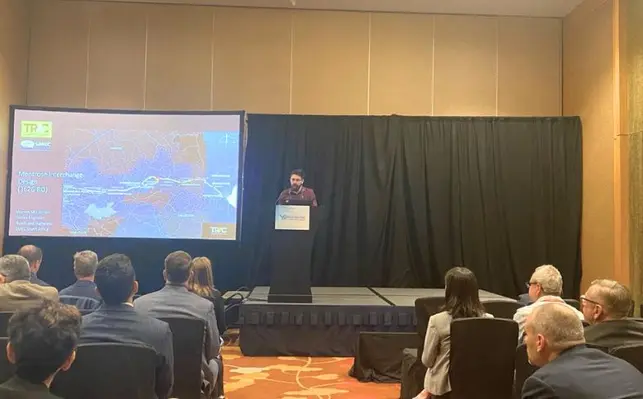At the Year In Infrastructure (YII) awards hosted by Bentley Systems in Singapore, nominees of the awards presented their projects during the industry breakout sessions
One of the sessions on the first day of the event was given by SMEC South Africa, which is an engineering and infrastructure solutions company. Prior to becoming SMEC, the firm was formerly known as Vela VKE, and has been operating in the region for 70 years.
At the YII event, the company showcased a project it developed in the north east of South Africa, which is a highway. Called the Montrose Interchange, the highway sits on the East-West route connecting South Africa to Mozambique, which eventually connects to Botswana. This transport system is critical to the economies of all three countries.
The original road design, which was built in the 1970s, is insufficient for the current volume of traffic in the area.
Situated in the narrow gap between the Crocodile and Elands Rivers, the interchange poses challenges to design requirements because of its restricted topography and rugged terrain. SMEC’s client wanted a new grade-separated interchange that would allow for free-flow for all traffic, and its design had to meet the highest standards of quality without breaking the bank.
Using Bentley's ContextCapture software for conceptual design and UAV drone photos, the SMEC team created a 3D reality mesh of the site. This provided the team with more context regarding site logistics as well as a wide range of viable options that encouraged confident design solutions to the project's difficulties.
These kinds of designs were frequently shown in static two-dimensional plans in the past. For someone without an engineering background, this might be troublesome because it can be difficult to see the finished project until construction is either started or finished. SMEC showed the customer the whole model, which comprised models from the structural, electric, stormwater, and road disciplines, at the conclusion of the detail design phase.
“We did our best to preserve the natural environment. As I mentioned, there were some sensitive trees in the area and we really didn't want to damage the environment wherever possible. We developed for ourselves a host of reusable assets for future projects. And we conducted seamless clash detection throughout the design phase,” said Warren McLachlan, senior engineer, roads and highways, at SMEC South Africa.





